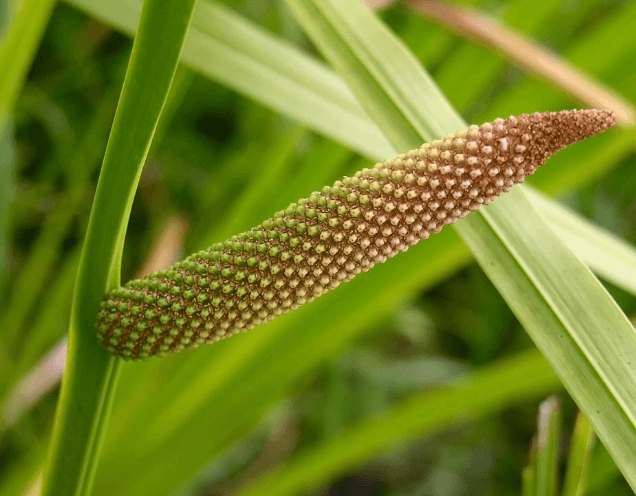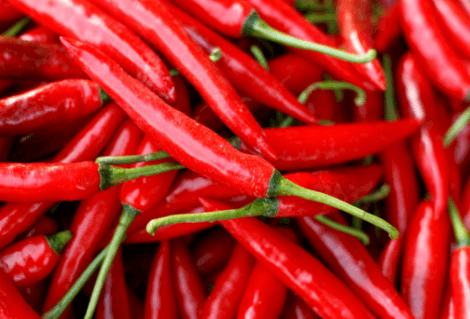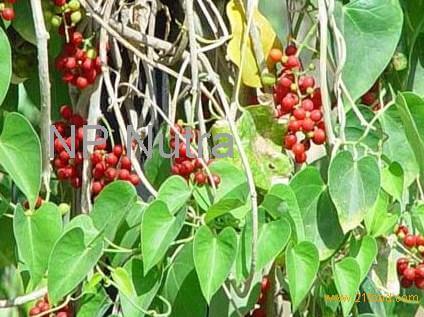Meshashringi/Gudmar , गुड़मार Medicinal Benefits

Botanical Name—Gymema sylvestre
Common Name—Gudmar
Family—Asclepiadaceae (Ark kul)
Habit— A large, woody, much branched climber with pubescent.
Properties
Property—Lightness, dryness
Taste—Astringent, bitter
Potency—Heating
Metabolic property—Pungent
Specific Property
- Kaph-vata-samak
- Anodyne
- Bronchial Sedative
Parts Used-Leaf, root

Description—Gymnema sylvestre is a herb native to the tropical forests of southern and central India where it has been used as a naturopathic treatment for diabetes for nearly two millennia. Sanskrit Name—Meshasringi, Madhinasini or madhoolika, Hindi—Gudmar.
Large climbers, rooting at nodes, leaves elliptic, acuminate, base acute to acuminate, glabrous above sparsely or densely tomentose beneath; Flowers small, in axillary and lateral umbel like cymes, pedicels long; Calyx-lobes long, ovate, obtuse, pubescent; Corolla pale yellow campanulate, valvate, corona single, with 5 fleshy scales. Scales adnate to throat of corolla tube between lobes; Anther connectiveproduced into a membranous tip, pollinia 2, erect, carpels 2, unilocular; locules many ovuled; Follicle long.
While it is still being studied, and the effects of the herb are not entirely known, the herb has been shown to reduce blood sugar levels when used for an extended period of time. Additionally, Gymnema reduces the taste of sugar when it is placed in the mouth, thus some use it to fight sugar cravings. From extract of the leaves were isolated glycosides known as Gymnemic acids, which exhibit anti-sweet activity.
This effect, however, is short-lived, lasting a mere fifteen minutes. Some postulate that the herb actually reduces cravings for sugar by blocking sugar receptors in the tongue, but no scientific studies have supported this hypothesis. It is currently being used in an all natural medication for diabetes with other ingredients such as cinnamon, chromium, zinc, biotin, banaba huckleberry and bitter melon. ,
The active ingredient is thought to be gurmenic acid which has structure similar to saccharose. Extracts of Gymnema is not only claimed to curb sweet tooths but also for treatment of as varied problems as hyperglycemia, obesity, high cholesterol levels, anemia and digestion. According to the Sushruta of the Ayurveda it helps to treat PIP’ Madhumeha ie glycosuria.
The plants also goes under many other names such as; Gurmari, Gurmarbooti, Gurmar, periploca of the woods and Meshasringa. The Hindi word Gurmar (Madhunaashini in Sanskrit, Chakkarakolli in Tamil), literally means sugar destroyer. Meshasringa (Sanskrit) translates as `ram’s horn’, a name given to the plant from the shape of its fruits. Gymnema probably derives from the Latin word meaning naked and sylvestre means- from the forest.
Dosage— Powder of leaves -3-5 gm
Decoction of roots -50-100 ml
Uses
- In Diabetes-Powder of gudmar leaves should be taken with cow’s milk and honey.
- In Snake poisoning-Local application and decoction of its root should be given, as it causes purgation and vomiting.
- In Inflamation and wound-Topical application of its leaves should be done.
- In Coryza, Cough & Asthma-The powder of gudmar seeds is useful.




